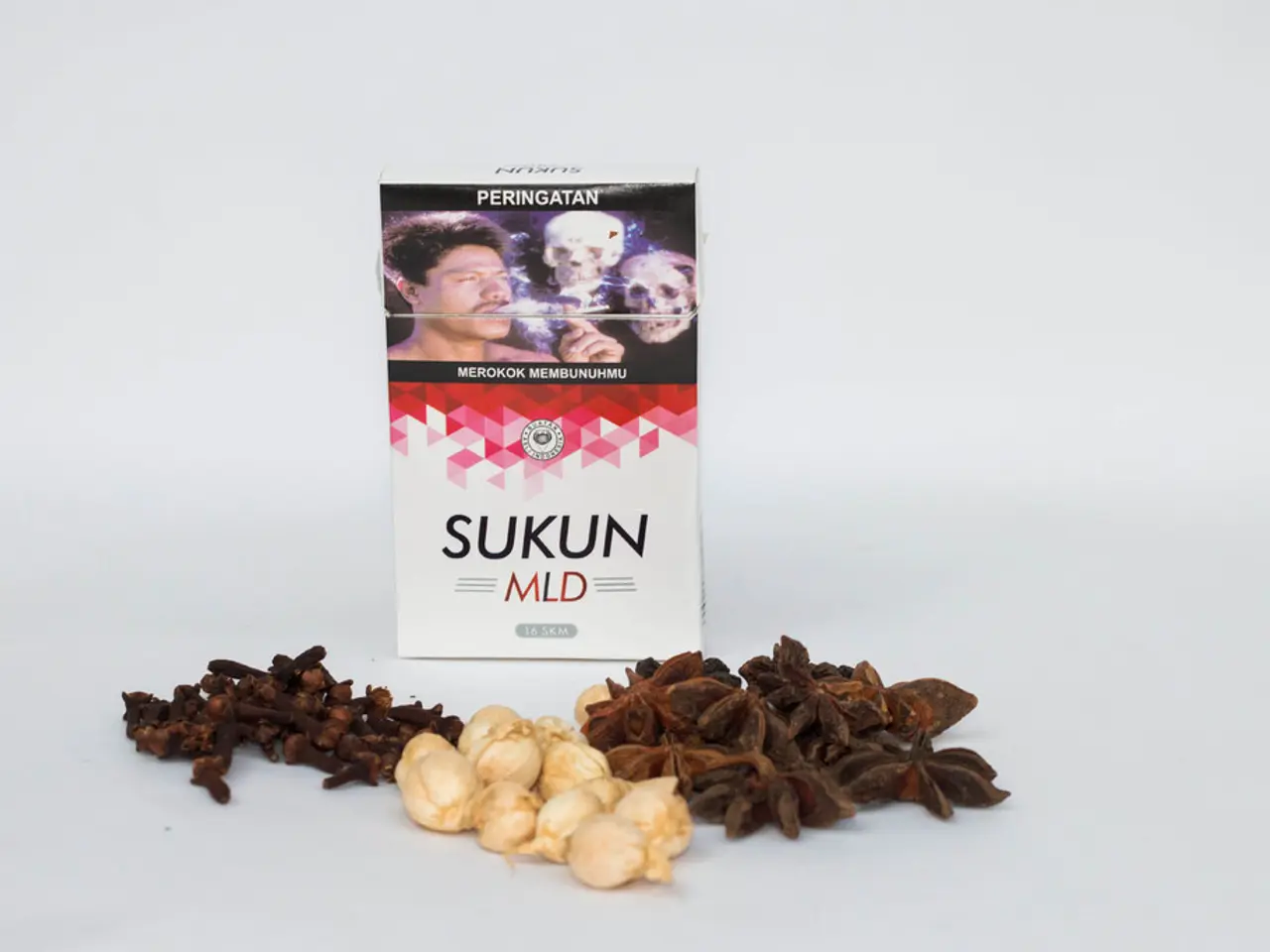Comprehensive Handbook on Herbs and Seasonings: Exploring Health Advantages and Natural Healing Methods
=================================================================================================
Herbs and spices have been a staple in kitchens and medicine cabinets for centuries, offering a myriad of benefits beyond their culinary purposes. These aromatic plants, whether fresh or dried, have been used to add flavour, enhance aroma, and provide natural remedies for various ailments.
The Difference Between Herbs and Spices
The key difference between herbs and spices lies in their plant origins. Herbs are derived from leafy parts, while spices encompass seeds, bark, roots, fruits, and other plant components. This distinction is crucial in understanding how to use them in cooking and their potential therapeutic properties.
Examples of Herbs and Spices
Some common examples of herbs include basil, parsley, dill, rosemary, thyme, bay leaf, mint, marjoram, and tarragon. Spices, on the other hand, include cinnamon (from bark), cloves (flower buds), cardamom (seed pods), cumin (seeds), black pepper (dried fruit), turmeric (root), ginger (root), coriander seeds (from the same plant as cilantro but different part), chili peppers (fruit), and fennel seeds.
Health Benefits and Cautions
Many herbs and spices offer significant health benefits. For instance, ginger provides relief for morning sickness in moderate amounts, while fennel and chamomile blend offers gentle digestive support. Turmeric, ginger, garlic, and cinnamon consistently rank among the most therapeutically beneficial spices.
However, it's essential to use herbs and spices judiciously. Parsley in large therapeutic doses may stimulate uterine contractions, while nutmeg should be limited to culinary amounts as larger quantities may cause hallucinations. Pregnant women should also exercise caution with sage during nursing as it may reduce milk production.
Storage and Preparation
Proper storage is crucial to maintaining both the flavour and therapeutic properties of herbs and spices. Whole spices provide superior flavour and therapeutic compounds compared to pre-ground alternatives. Air drying works effectively for sturdy herbs like rosemary and thyme, while fresh herbs maintain quality longer when stored like cut flowers.
Toasting whole spices in a dry pan awakens their essential oils whilst creating deeper, more complex flavours. Bruising herb leaves gently releases aromatic oils without damaging cellular structure.
Regional Variations and Seasonal Availability
Understanding regional growing seasons and seasonal herb availability enhances both flavour and nutritional value. For example, cool-season herbs like dill, coriander, and parsley prefer spring and autumn planting, while summer's basil and oregano offer cooling effects and antimicrobial protection.
Teas and Infusions
Many herbs and spices can be used to make soothing teas and infusions. Cardamom and Rose Hip Sunset Tea provides gentle warmth and vitamin C for overnight immune support, while Bay Leaf and Mint Digestive Tea supports healthy blood sugar levels and freshens breath naturally. Rosemary and Peppermint Morning Tea provides natural mental clarity without caffeine's harsh effects.
Garam Masala and Herb Gardens
Traditional garam masala combines cardamom pods, cinnamon bark, cloves, black peppercorns, and bay leaves, creating a complex blend of flavours. Households with digestive sensitivities might emphasise fennel and cardamom in their garam masala. Understanding regional variations of garam masala, such as the inclusion of star anise, nutmeg, or long pepper, can add an extra layer of flavour to your dishes.
Growing your own herb garden can also be a rewarding way to ensure fresh, high-quality herbs are always on hand. Perennial herbs such as rosemary, thyme, and sage provide multi-year harvests with minimal maintenance. Understanding regional growing seasons maximises herb garden productivity.
Cautions and Allergies
While herbs and spices offer numerous benefits, it's essential to be aware of potential allergic reactions. Certain individuals may experience allergic reactions to celery or fennel. It's also important to avoid combining multiple blood-thinning herbs (garlic, ginger, turmeric) in supplement form without professional guidance.
Sumac requires particular caution as some varieties can cause skin irritation or digestive upset in sensitive individuals.
Preservation and Quick Freezing
Quick freezing preserves delicate herbs like basil and parsley, ensuring they remain fresh for later use.
In conclusion, herbs and spices are more than just flavour enhancers; they offer a wealth of therapeutic benefits. By understanding their differences, origins, and proper usage, you can harness their power to create delicious, nutritious, and health-promoting meals.
Read also:
- Apparition's Significance and its Delivered Messages - as discussed by Sensenmann
- Explored the Popular Health Assessment with a Queue of 100,000 Aspiring Participants - Here's My Unadulterated Opinion
- Hearing impairment condition: Recognizing symptoms and management approaches
- Exploring Recurring Actions in Mature Individuals: An Analysis of Persistent Actions in Adults' Daily Lives





